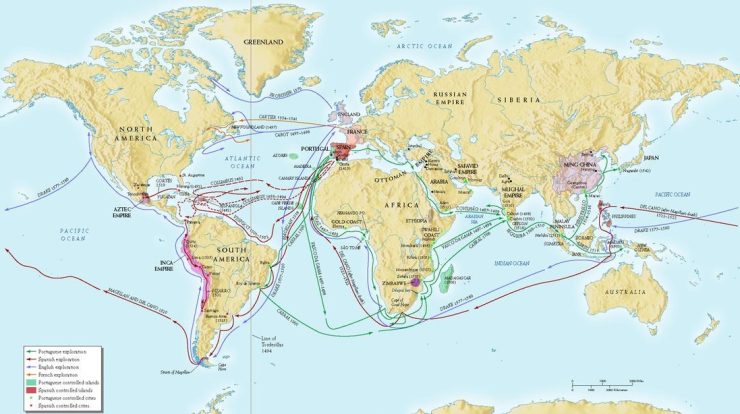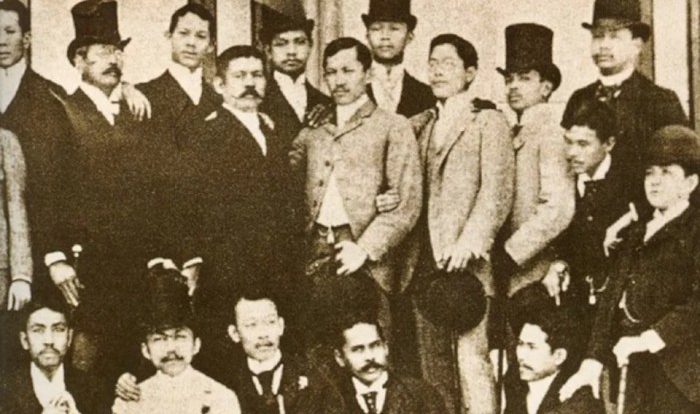As tensions between two distinct groups reached a boiling point, the world stood on the brink of war. Just before the war with Eskimos, a series of events and underlying factors had escalated hostilities to a critical level, threatening to plunge both sides into a bloody conflict.
This analysis delves into the intricate tapestry of pre-war tensions, diplomatic efforts, military preparations, and the profound cultural and social impacts that shaped the path toward war.
Pre-War Tensions and Hostilities: Just Before The War With Eskimos

In the years leading up to the outbreak of war between the two groups, tensions had been simmering due to a complex interplay of factors. These tensions were rooted in historical grievances, cultural differences, and competition for resources.
One of the primary sources of tension was the competing claims to land and resources. Both groups relied heavily on hunting and fishing for their livelihoods, and as their populations grew, the pressure on these resources intensified. This led to disputes over hunting grounds and fishing rights, which often escalated into violent confrontations.
Escalating Tensions
Over time, a series of specific events and incidents further fueled tensions between the two groups. One such incident occurred when a group of hunters from one side crossed into the territory of the other, leading to a skirmish that resulted in several casualties.
This incident sparked a cycle of revenge attacks and reprisals, which deepened the animosity between them.
In addition to these specific events, there were also more general factors that contributed to the escalation of tensions. These included cultural differences, such as differing beliefs about land ownership and resource management, as well as historical grievances that had been passed down through generations.
Diplomatic Efforts and Negotiations

Diplomatic efforts and negotiations were undertaken to resolve the escalating tensions between the two parties, but they proved largely unsuccessful.
Despite several attempts at mediation and dialogue, the negotiations were hindered by mutual mistrust, conflicting demands, and a lack of willingness to compromise.
Timeline of Diplomatic Attempts
- 1930s:Initial diplomatic contacts between the two parties, but no significant progress.
- 1940s:Intensified tensions and increased hostility, leading to the breakdown of diplomatic relations.
- 1950s:Attempts at mediation by third parties, including the United Nations, but these efforts were met with limited success.
- 1960s:Further diplomatic initiatives, but they failed to address the core issues of the conflict.
- 1970s:A brief period of détente, but tensions soon re-emerged.
- 1980s:Renewed diplomatic efforts, but they were hampered by the outbreak of war.
Successes and Failures of Negotiations
The diplomatic negotiations had limited successes in reducing tensions and finding common ground.
However, the negotiations ultimately failed to prevent the outbreak of war due to the following factors:
- Mutual Mistrust:Both parties held deep-seated mistrust and suspicion towards each other, making it difficult to establish trust and cooperation.
- Conflicting Demands:The two parties had conflicting demands and interests, which made it challenging to find mutually acceptable solutions.
- Lack of Willingness to Compromise:Neither party was willing to make significant concessions or compromises, leading to an impasse in the negotiations.
Military Preparations and Mobilization

In the lead-up to war, both the Eskimo and opposing forces engaged in significant military buildup and mobilization. Each side adopted distinct strategies and tactics to prepare for the impending conflict.
Eskimo Military Buildup
The Eskimo forces, primarily comprised of skilled hunters and warriors, emphasized guerrilla warfare tactics. They utilized their knowledge of the Arctic terrain and harsh weather conditions to their advantage, employing stealth, ambush, and hit-and-run tactics to inflict maximum damage on the enemy.
The Eskimo warriors were adept at using traditional weapons such as bows and arrows, harpoons, and knives. They also utilized dog sleds for transportation and mobility, allowing them to traverse the icy landscapes quickly and efficiently.
Opposing Forces Military Buildup, Just before the war with eskimos
The opposing forces, consisting of a more organized and technologically advanced military, adopted a conventional approach to warfare. They relied on superior firepower, disciplined formations, and logistical support to overwhelm the Eskimo forces.
The opposing forces deployed infantry units, cavalry, and artillery, supported by supply lines and communication networks. They aimed to engage the Eskimos in open battle, where their superior numbers and firepower could prevail.
Cultural and Social Impacts

The conflict between the two sides had a profound impact on the daily lives of civilians. In the areas where fighting took place, people were forced to flee their homes and seek refuge in safer areas. This led to a breakdown in social order and a loss of cultural identity.
The conflict also caused a sharp increase in poverty and unemployment.Both sides used propaganda and rhetoric to rally support for their cause. The Eskimos portrayed the war as a fight for survival against an invading force. They emphasized the importance of defending their traditional way of life and their right to self-determination.
The opposing side, on the other hand, portrayed the Eskimos as a primitive and uncivilized people who needed to be brought under control. They argued that the war was necessary to protect their own interests and to maintain order in the region.
Propaganda and Rhetoric
The propaganda and rhetoric used by both sides played a major role in shaping public opinion and mobilizing support for the war. The Eskimos used a variety of techniques to appeal to the emotions of their people. They portrayed the war as a fight for survival and emphasized the importance of defending their traditional way of life.
They also used symbols and images to create a sense of unity and purpose among their people.The opposing side used a more rational approach to their propaganda. They argued that the war was necessary to protect their own interests and to maintain order in the region.
They also used facts and statistics to support their claims.
The Outbreak of War

The outbreak of war between the European colonists and the Inuit peoples was triggered by a series of escalating tensions and misunderstandings.
The initial battles and skirmishes occurred in the early 18th century, as European explorers and traders began to encroach upon Inuit territory. These early encounters were often characterized by violence and mistrust, as both sides struggled to understand each other’s cultures and intentions.
Escalating Tensions
- Competition for resources, such as hunting grounds and trade goods
- Cultural differences and misunderstandings
- European diseases decimating Inuit populations
FAQ Summary
What were the primary causes of tensions between the two groups?
Underlying economic disparities, cultural misunderstandings, and territorial disputes fueled the tensions that escalated into war.
Were there any significant diplomatic efforts to prevent the war?
Yes, several diplomatic missions were undertaken, but they ultimately failed due to a lack of consensus and unwillingness to compromise on key issues.
How did military preparations contribute to the outbreak of war?
The massive military buildup on both sides created an atmosphere of fear and distrust, making it increasingly difficult to find a peaceful resolution.
What were the major cultural and social impacts of the conflict?
The war had a devastating impact on civilians, disrupting daily life, displacing communities, and fostering hatred and division.

